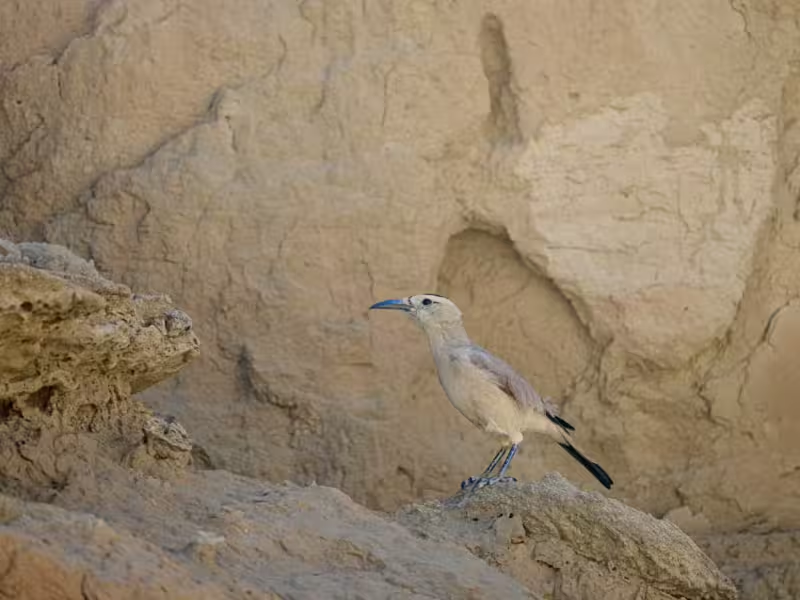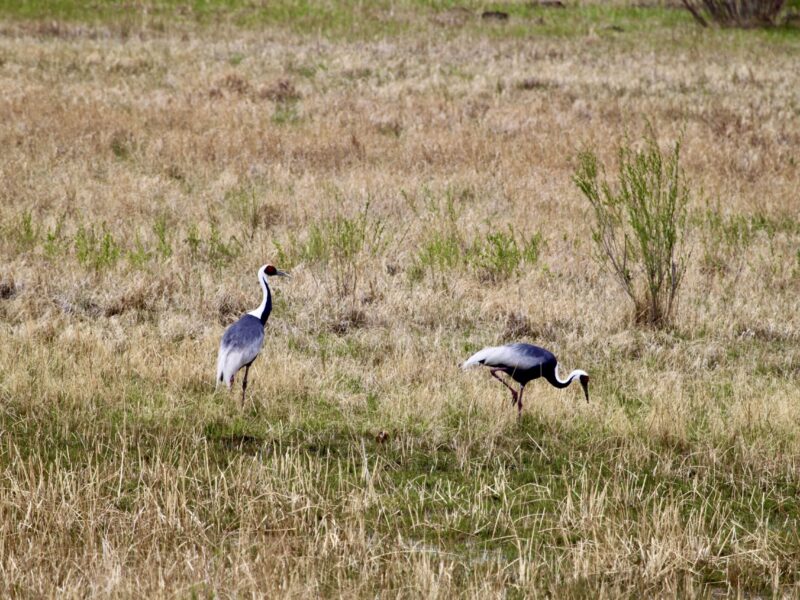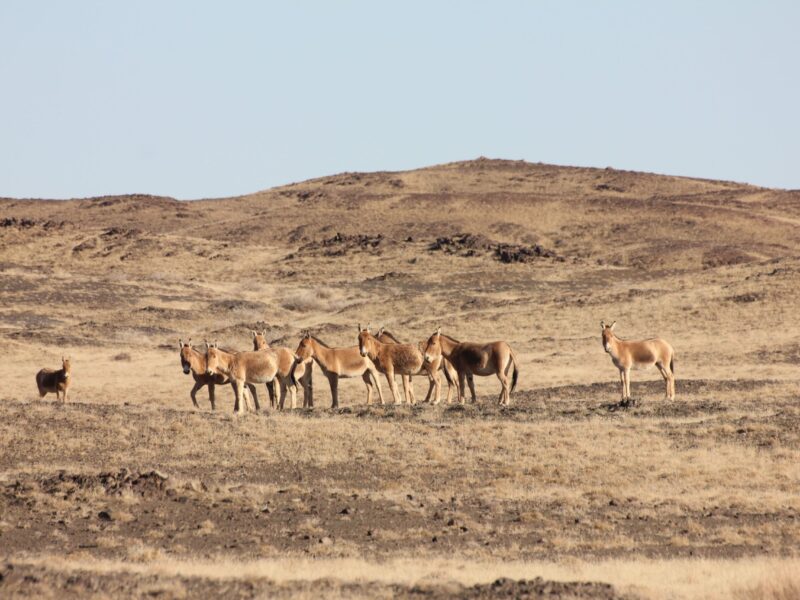MONGOLIAN
WILDLIFE
TOURS
Mongolia is one of the last sanctuaries for wildlife species including birds, mammals and reptiles. For many years, Mongolia has been known for its culture, history and ecosystems but little known for its wildlife. Eastern Mongolia is home to world’s last remaining pristine grassland system that is five times the size of the African Serengeti. It is home to the second largest concentration of hoofed animals outside of Africa. Our journeys feature snow leopard, manuul cat (Pallas’s cat) and birds of Mongolia.








